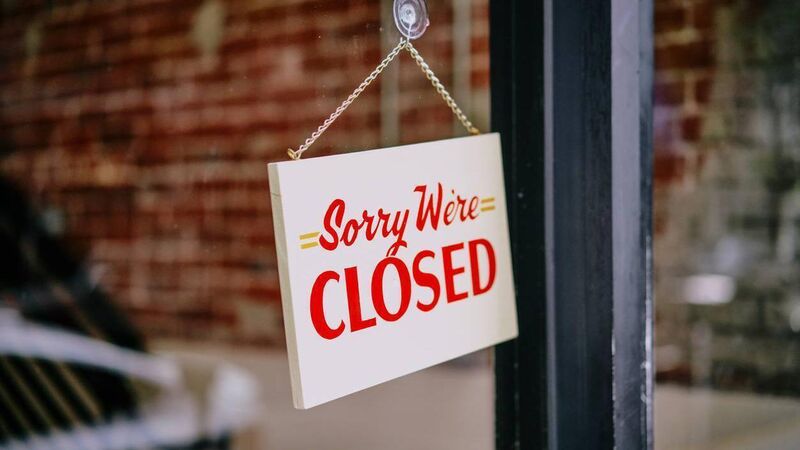'No material increase' in business insolvencies following cessation of Debt Warehousing Scheme

The report found that insolvencies were 25% higher for the first half of 2024 when compared to the same period last year, however, insolvencies dropped by more than 15% in the three months from April to June.
The cessation of Revenue's Debt Warehousing Scheme has not led to any material increase in insolvencies, new research has found, alleviating fears of a tsunami of business closures following the end of many pandemic-era supports.
Twin reports from PwC and Deloitte found that insolvencies were 25% higher for the first half of 2024 when compared to the same period last year, however, PwC noted that insolvencies dropped by more than 15% in the three months from April to June.
The current annual insolvency rate is 29 per 10,000 businesses, with PwC adding this has "remained steady" during 2024. The current rate has doubled since 2021 when it was 14 per 10,000 businesses, although it still remains far below the previous peak of 109 per 10,000 businesses back in 2012.
With insolvencies up 25% in the first six months of this year, PwC noted that if that rate of increase continues for the remainder of 2024, the total number of insolvencies would be on track to exceed pre-pandemic insolvency levels of 850 in 2019 and will be approaching 1,000 by this year-end.
However, Deloitte reported more modest projections, with current figures putting Ireland on course for more than 800 insolvencies this year.
The PwC report also found that SME liquidations continue to be the most common form of insolvency, accounting for 83% of all closures between April and June 2024.
There were 155 liquidations in the period, which is marginally higher than the 141 reported in same three months in 2024. However, PwC said SME liquidations in between April and June this year were 18% lower than in the previous three months which saw 189 SME liquidations.
PwC also noted a slight uptick in companies availing of the Small Company Administrative Rescue Process (Scarp), however, it said rescue processes remained at "very low" levels, making up just 6% of insolvencies between April and June this year, up from 3% in the previous three months.
PwC reported 40 insolvencies in the retail sector in the last three months, followed by 32 in hospitality and 28 in construction, which collectively accounted for more than half of all insolvencies in the period.
However, hospitality had almost 2.5 times the insolvency rate at 17 per 10,000 businesses, versus retail at 7 per 10,000 businesses, while construction insolvencies equated to 6 per 10,000 businesses.
It also highlighted that although construction and retail are experiencing similar numbers of insolvencies, the hospitality sector is still the most adversely affected of all sectors.
In the first half of the year, Deloitte reported 77 hospitality closures, marking an 88% increase on the same period last year with James Anderson, Turnaround and Restructuring Partner at Deloitte Ireland noting the "remarkable impact costs" facing the sector following the reintroduction of the 13.5% VAT rate.
"In an environment with a growing economy, robust fiscal returns, almost full employment and falling inflation, the overall insolvency level remains relatively low and well below the long term average," said Ken Tyrrell, Business Recovery Partner at PwC.
"However, some consumers are still concerned about their personal financial situation and remain cautious on spending. Some businesses also continue to feel the economic pressures, especially those in Hospitality, Retail and Construction. And while they could warehouse some debts in the past, this option is now no longer available.
"The cost of doing business overall remains high for many small businesses and these businesses need to continue to carefully plan their day to day cash flows.”













